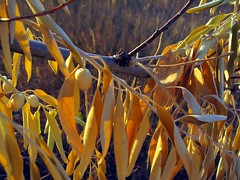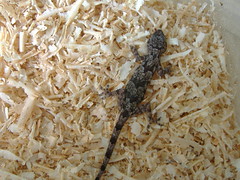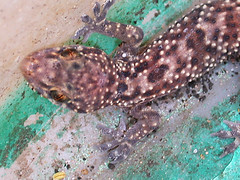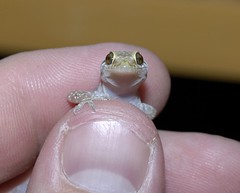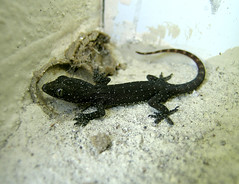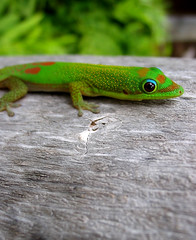According to this report from the Palm Beach Daily News, the town of Gulf Stream, Florida is going to great lengths to maintain the historical look of a road lined with invasive trees. The Australian pines (Casuarina equisetifolia) were planted back in the 1920s as a salt-tolerant barrier to ocean spray and erosion. Unfortunately, the pines have a shallow root system, making them prone to uprooting in high winds, and not so great for erosion control after all.
Determined to keep the look of their road historically accurate, in 1996 the town had part of the road designated a "scenic vista." Now that the original plantings are dying off, the town's Landmark Preservation Commission, noting that "podocarpus is not a suitable replacement," is working to find a way around the state of Florida's ban on Australian pines. One possibility being considered: the grafting of "sterile" cultivars onto Australian pine bases.
I'm guessing the podocarpus reference is to the yew plum pine (Podocarpus macrophyllus), also a non-native species, but not considered invasive. Are any good native species to replace the pines? One potential alternative is sea grape (Coccoloba uvifera), though it may not be able to attain the proper tree stature...and of course it is completely historically inaccurate :-).
Interested readers will want to check out this ISW post about Australian pine removal in the Florida Keys, and this post about historic Paulownia trees in Philadelphia.

